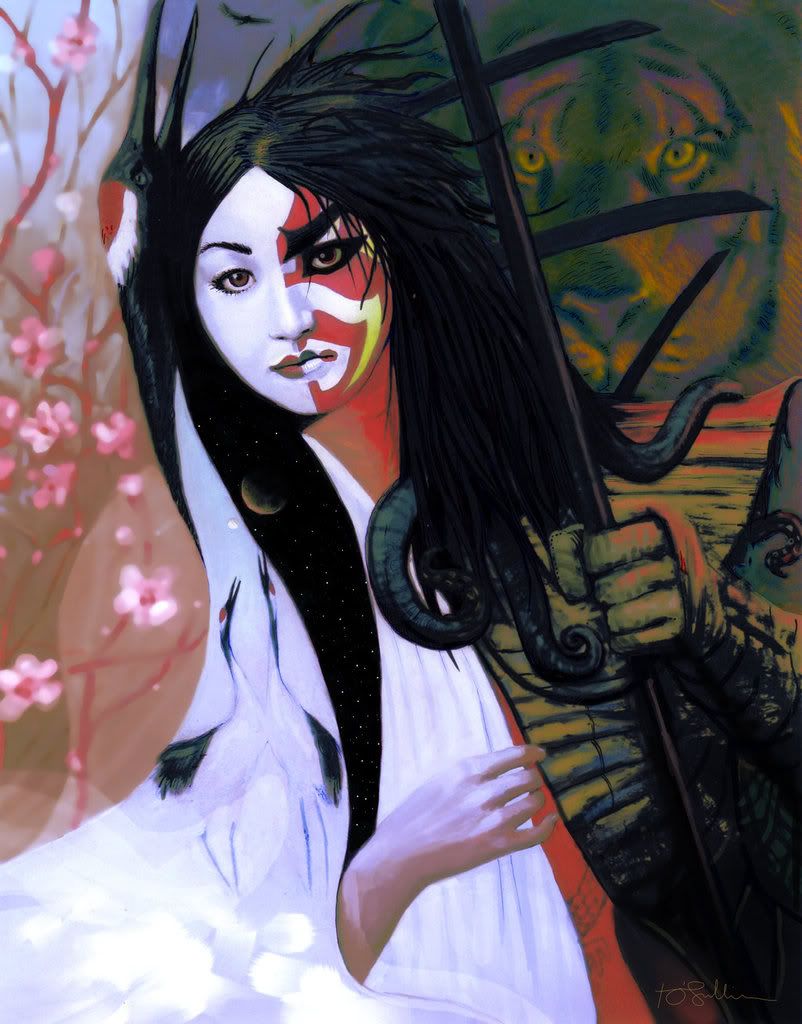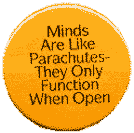Do you think that martial arts are institutionally
sexist? I’m not saying that they are or that they’re not, I’m just asking the
question.
I sometimes feel like a square peg in a round hole when
it comes to my training and the harder I think about this the squarer becomes
the peg and the rounder becomes the hole! If I don’t think about it then I fit
in perfectly well in my club and don’t perceive there to be any problem at all.
Have I confused you yet? The problem is when I just
concentrate on learning the art of
karate (or jujitsu or kobudo as I have in the past) then it all seems very
relevant to me and I enjoy learning it all. BUT when I think about my own
personal self-defence needs I realise
that a lot of what I learn is not terribly relevant to women, or is, at least,
not presented in a way that is relevant to women.
The self-defence aspect of martial arts is not sexist
(at least not in a negative sense) but it is male-centric, i.e. it
generally revolves around the needs of men and the self-defence scenarios that
they may encounter. Women are being trained to fight like men. This is not
surprising since martial arts were developed by men to teach men to fight other
men. Yes, I know Wing Chun was allegedly developed by a woman but it still
mainly teaches its practitioners to fight like men.
I suspect most instructors don’t think about it like
this – they treat all their student’s the same (so in that sense it is not
sexist) but they just treat everyone like a man – women are trained as if they
are just small men.
Lots of people tell me that strength is not important
to make a technique work and that most techniques can be adjusted slightly to
help small people make them work on big people. I don’t doubt this (well
sometimes I do) – I have witnessed small (but stocky) women throwing much
bigger partners - in the artificial
environment of the dojo. However would you ever advise a woman to move in
for a hip throw in a real situation in the street? Isn’t it expecting a lot for
a woman to execute this successfully? Doesn’t she put herself at greater risk
moving into position for such a throw?
Perhaps we shouldn’t ask can this technique be altered so that a woman can do it but rather should she be taught this technique at
all? Is there something more appropriate to teach her?
Is there any danger in teaching women to defend
themselves like men, particularly if they don’t even realise that is what they
are doing? After all, women will not be attacked like men. Men attack women
differently to the way they attack other men.
Men will often find themselves attacked in a ‘monkey
brain’ scenario – they get into an argument, tempers rise, they square up to
each other, a cascade of hormones is released and a fight kicks off – others
may join in and the ‘multiple attacker’ scenario ensues, often in public (a
bar, football ground or just in the street). The attacker(s) reigns lots of
punches and possibly kicks at the defender who defends his head until he can
get some sort of counter-attack in. The defender may have been verbally
‘provoked’ into the altercation but he will not have been ‘groomed’. Women
don’t generally face this type of scenario.
Women face a more ‘predator-prey’ situation. There may
or may not be a period of ‘grooming’ before hand, e.g. ‘chatting up’ in the pub
to gain trust, followed by being separated from friends to isolate them. The
attack will then happen privately away from public view, usually by being
grabbed first and verbally threatened with violence if they scream. A woman may
be taken to another place to be raped/murdered. Or the isolation and violence
may occur in her own home by her own partner. These are worse case scenarios
for most women but the ones they fear most.
Of course men and women can face similar attacks too –
road rage/trolley rage attackers, car park assaults/car thefts, random street
attacks by unsupervised psychotic patients etc so I’m not saying there’s no
overlap at all, there clearly is but there are also many differences.
Adding to all this, women are also psychologically
different to men. They differ in their experiences of violence growing up (girls
tend to avoid playground fights and are more cooperative and less competitive
with each other) which affects their perception of an attack and their initial
response to it (women can be over-trusting of strangers but experience greater
levels of paralysing fear).
There are also physiological differences that affect the way men and women respond to an adrenaline surge. When adrenaline is released into an oestrogen environment it's effects on the female brain can result in a 'tend and befriend' response as a primary self-defence response rather than a 'fight or flight' response as happens when adrenaline is released into a testosterone environment, as in the male. This obviously has implications for how women respond to an attack and how they should be trained to deal with the initial stages of it.
The physical (generally smaller, weaker stature) and
mental (more trusting but more easily frightened by real violence) differences
of women compared to men make some self-defence techniques less suitable for
women. For example:
·
Punching. Most women have small fists
compared to most men. However hard they can hit for their size they are
unlikely to inflict any damage on an adrenaline fuelled attacker, they are more
likely to hurt themselves. Women are better to train with open hand techniques
striking soft (vital point) targets of the body.
·
Throwing. Like I said before – just because
they can doesn’t mean they should. Moving towards an attacker to position for a
throw makes a woman very vulnerable to being grabbed and controlled.
·
Locks. These can be notoriously difficult
to apply in a ‘fight’ situation anyway and doubly so for small female hands
against the adrenaline fuelled large, strong limbs of an attacker.
·
Multiple attacker training. Apart from the
very rare situation of ‘gang’ rape (more common in war zones where it is used
as a weapon, but I’m not talking about war) women don’t face multiple attack
scenarios so it is better to focus more on predator-prey situations.
There is a mismatch when women, training in
male-centric environments, are trained to defend themselves like men when they
will be attacked like women. There is a risk that they will be trained in
in-effective strategies for the situations they face.
Do you agree?
Remember - I’m a woman, not a small man!
Sue is the Blog-Editor-In-Chief for Martial News. You can contact her at sue.wharton@martialnews.co.uk Sue also writes a personal blog called My Journey to Black Belt





